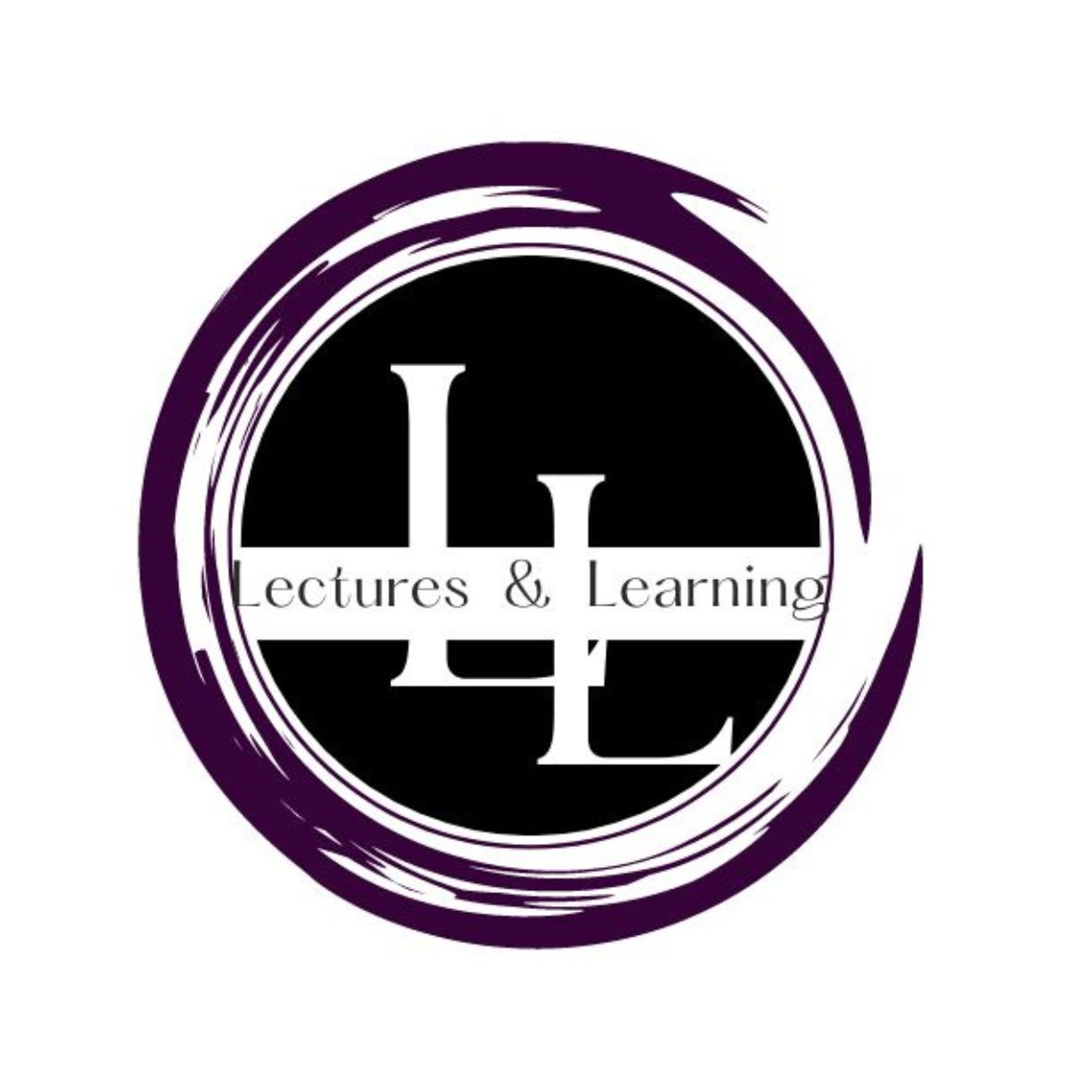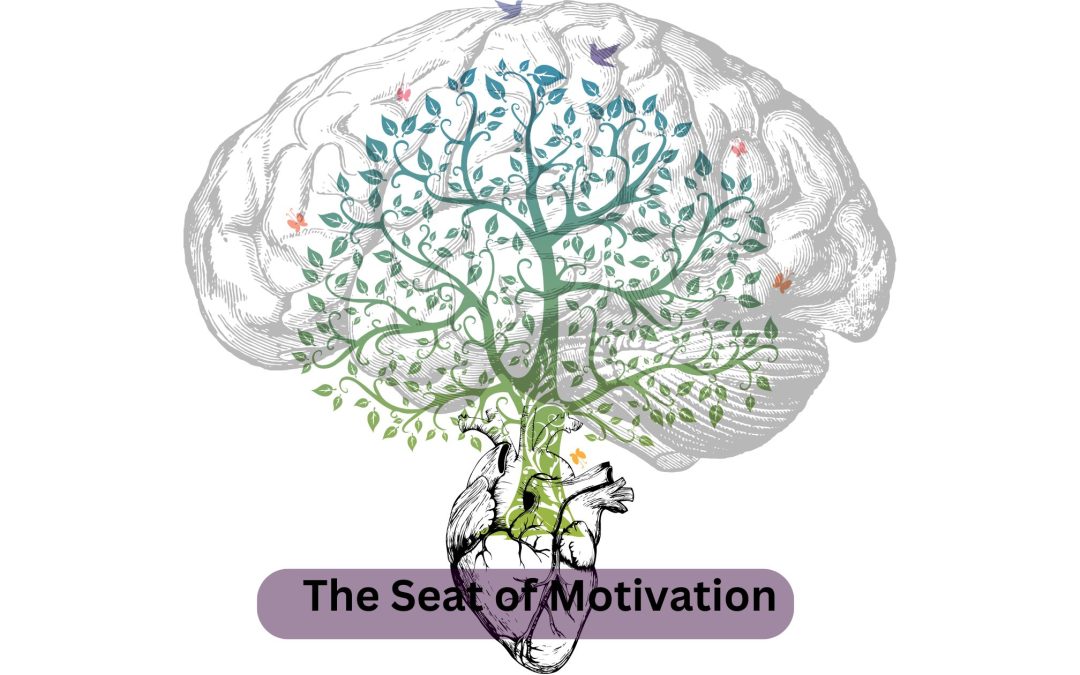“Reach the Heart to Cultivate the Mind” is my teaching philosophy. (Ms. Douglas Lectures and Learning)
In a world where knowledge is readily available and in education’s diverse landscape, understanding how individuals learn is paramount for effective teaching. Whether you are a teacher in an elementary school, college, online, an influencer, or a teacher of a skill or course understanding that no two learners are alike, and recognizing the unique ways in which students process information can significantly enhance your teaching journey. The V.A.R.K. model (Fleming, N.D. & Mills, C.1992) categorizes learners into four main styles: Visual, Auditory, Reading/Writing, and Kinesthetic.
In this post, we delve into each learning style, explore its characteristics, and propose tailored teaching strategies to help educators like yourself meet the diverse needs of learners.
What is learning style?
Shamsuddin, and Kaur (2020) define learning style as a distinctive way of acquiring knowledge, skills, or attitudes through study.
And the teaching strategy is the art or science of delivering this knowledge to others.
Visual Learners
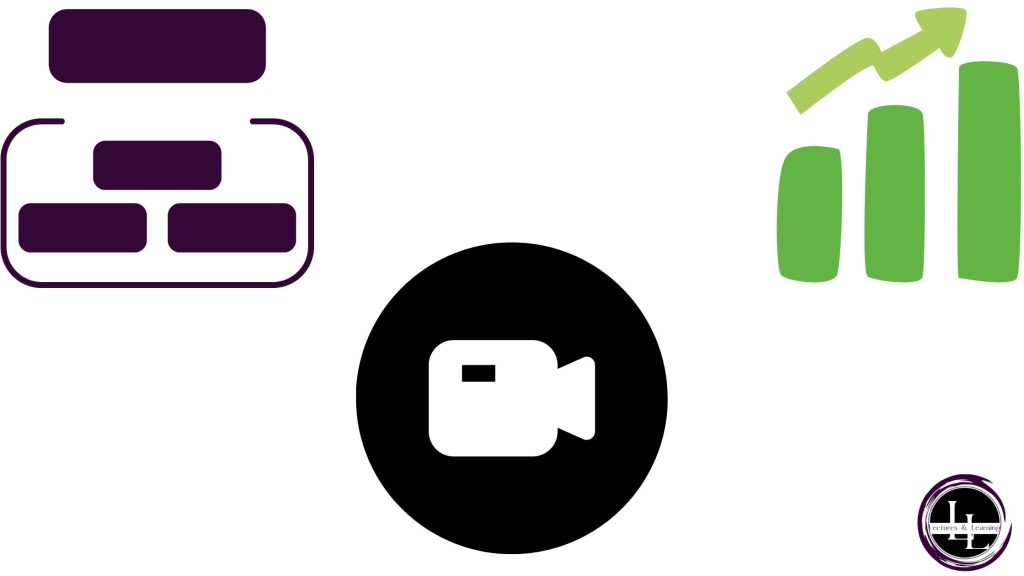
Visual learners prefer to process information through images, charts, graphs, and other visual aids. They thrive in environments where concepts are presented visually, allowing them to grasp ideas more effectively.
Teaching Strategies you can implement for the Visual learner:
- Visual presentations: Incorporate diagrams, charts, and videos to illustrate concepts visually.
- Mind mapping: Encourage students to create visual representations of ideas to aid in comprehension.
- Graphic organizers: Provide structured visual frameworks to organize information and enhance understanding.
- Color coding: Use colors to emphasize key points and enhance visual memory retention.
Auditory Learner
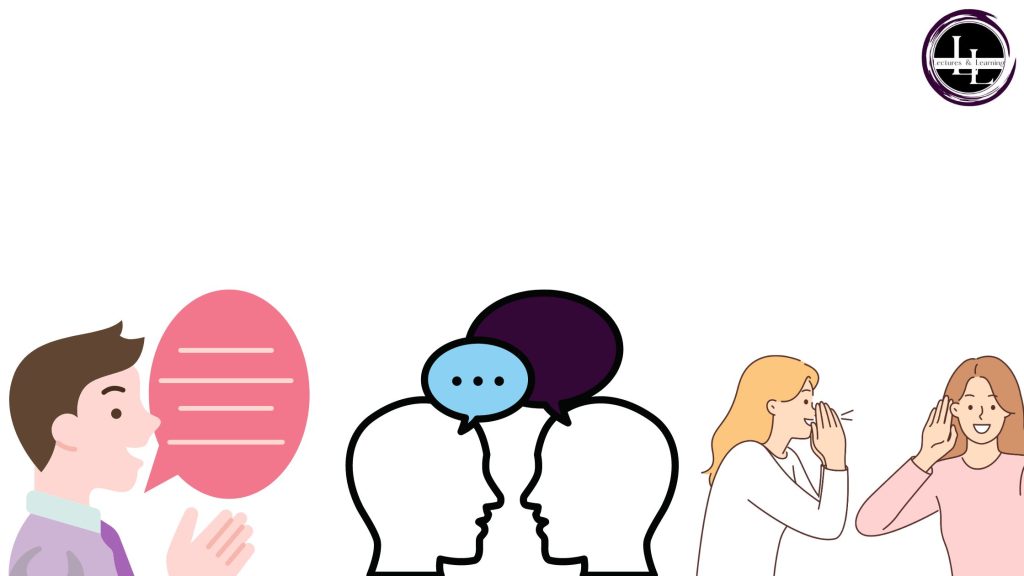
Auditory learners absorb information best through sound and speech. They excel in environments where verbal instructions, discussions, and lectures are prominent.
Teaching strategies you can implement to accommodate for Auditory leaners:
- Verbal explanations: Provide clear and concise verbal instructions and explanations.
- Group discussions: Facilitate discussions where students can engage in verbal exchange and debate.
- Audio recordings: Offer recorded lectures, podcasts, or audiobooks for auditory reinforcement.
- Oral presentations: Encourage students to present their ideas verbally to develop communication skills and reinforce learning.
By incorporating auditory elements into lessons, you create opportunities for these learners to actively participate and absorb information through auditory channels.
Reading/Writing Learner

Reading/Writing learners have a preference for written text and enjoy processing information through reading and writing activities. They thrive when provided with textbooks, articles, written instructions, and note-taking opportunities.
Teaching Strategies you can implement for Reading and Writing learners:
- Reading assignments: Assign readings from textbooks, articles, or literature relevant to the subject matter.
- Writing activities: Provide opportunities for students to write essays, summaries, and reflections.
- Note-taking techniques: Teach effective note-taking strategies such as Cornell method or the SQ3R method.
- Writing workshops: Conduct writing workshops to improve writing skills and encourage self-expression.
By nurturing their reading and writing skills, you can empower your students to deepen their understanding and express their thoughts effectively.
Kinesthetic Learner
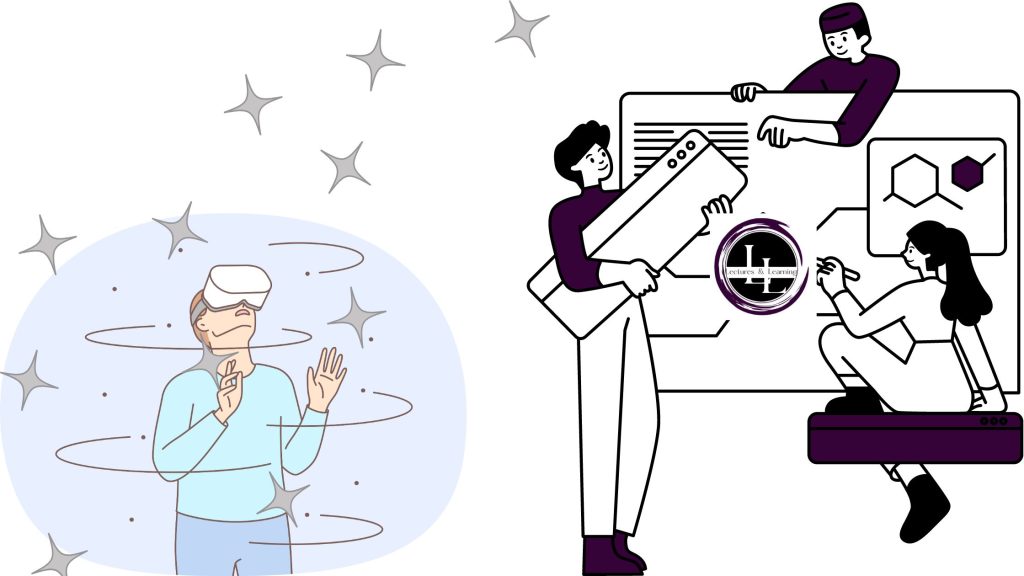
Kinesthetic learners learn best through hands-on experiences and physical activities. They prefer to engage in tasks that involve movement, experimentation, and practical application.
Teaching Strategies you can implement for the Kinesthetic learner:
- Experiential learning: Provide hands-on activities, experiments, and simulations
- Role-playing: Encourage students to act out scenarios related to the topic to promote active learning.
- Movement breaks: Incorporate short movement breaks or activities to help students stay focused.
- Real-world applications: Relate lessons to real-life examples and encourage students to apply knowledge in practical situations—creating models and diagrams.
By providing opportunities for active participation, you will enable kinesthetic learners to internalize concepts through tactile experiences and physical engagement.
The Role of Educators in Meeting Diverse Learning Needs
Educators are guides. We play a pivotal role in creating inclusive learning environments that cater to the diverse needs of visual, auditory, reading/writing, and kinesthetic learners. You are not asked to diagnose what learning style a student is if that is not your specialty but what this post is proposing is simple teaching strategies to reach all types. By understanding the characteristics of each learning style and implementing these strategies you can help guide your students to achieving their maximum success. Flexibility, creativity, and empathy are essential qualities for educators seeking to accommodate diverse learning styles and foster a supportive learning environment for all students.
Conclusion:
In the dynamic landscape of education, accommodating diverse learning styles is essential for fostering student engagement and academic success. A Mastery of Student Engagement Course is on its way. Visit Lectures and Learning to sign up as the early birds will get the biggest and sweetest deal.
The V.A.R.K. model provides a framework for understanding the unique ways in which individuals process information. By embracing the principles outlined and leveraging the expertise of educators who have implemented these teaching strategies, you can create inclusive learning environments that empower students to thrive and reach their full potential, regardless of their preferred learning style.
